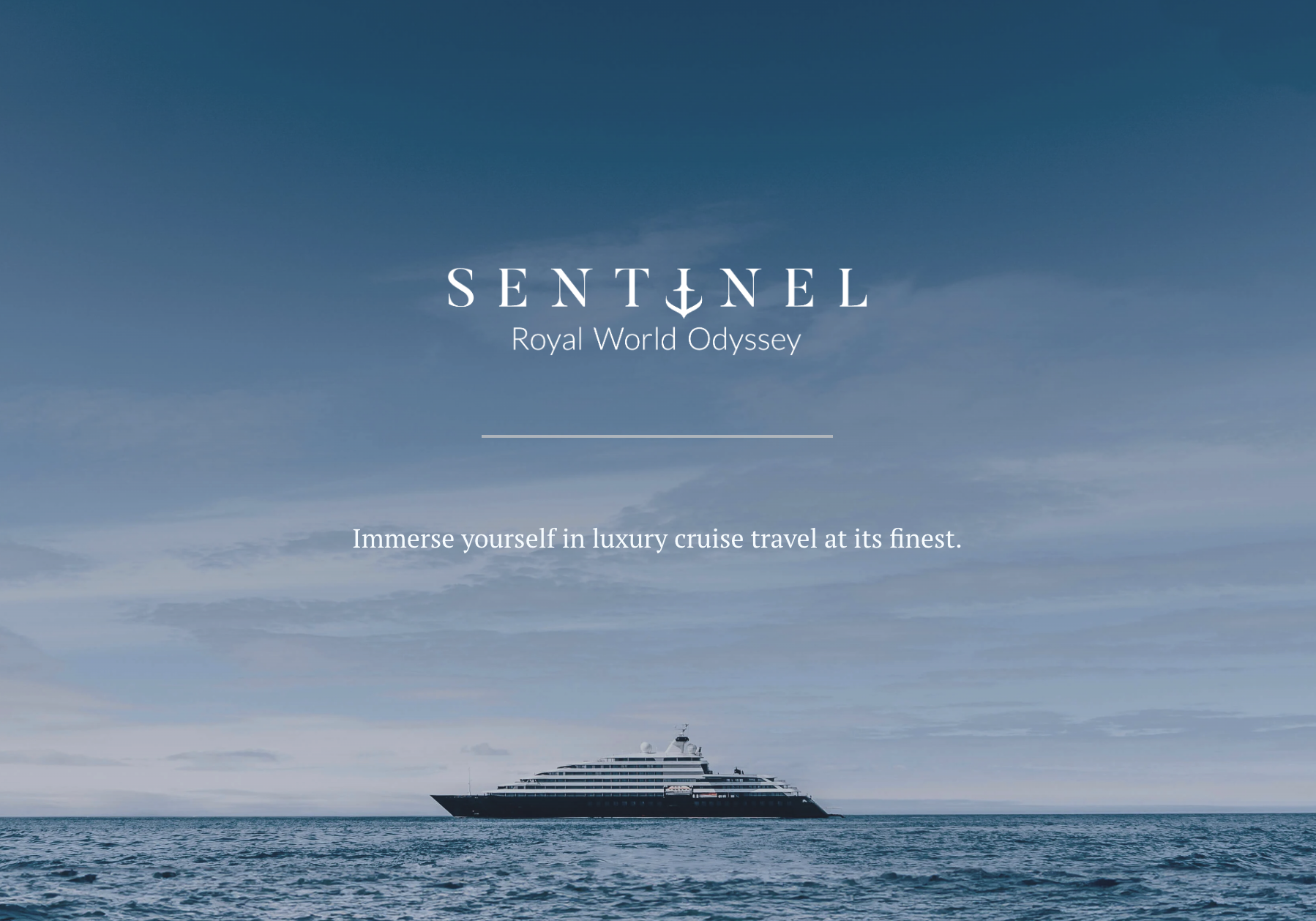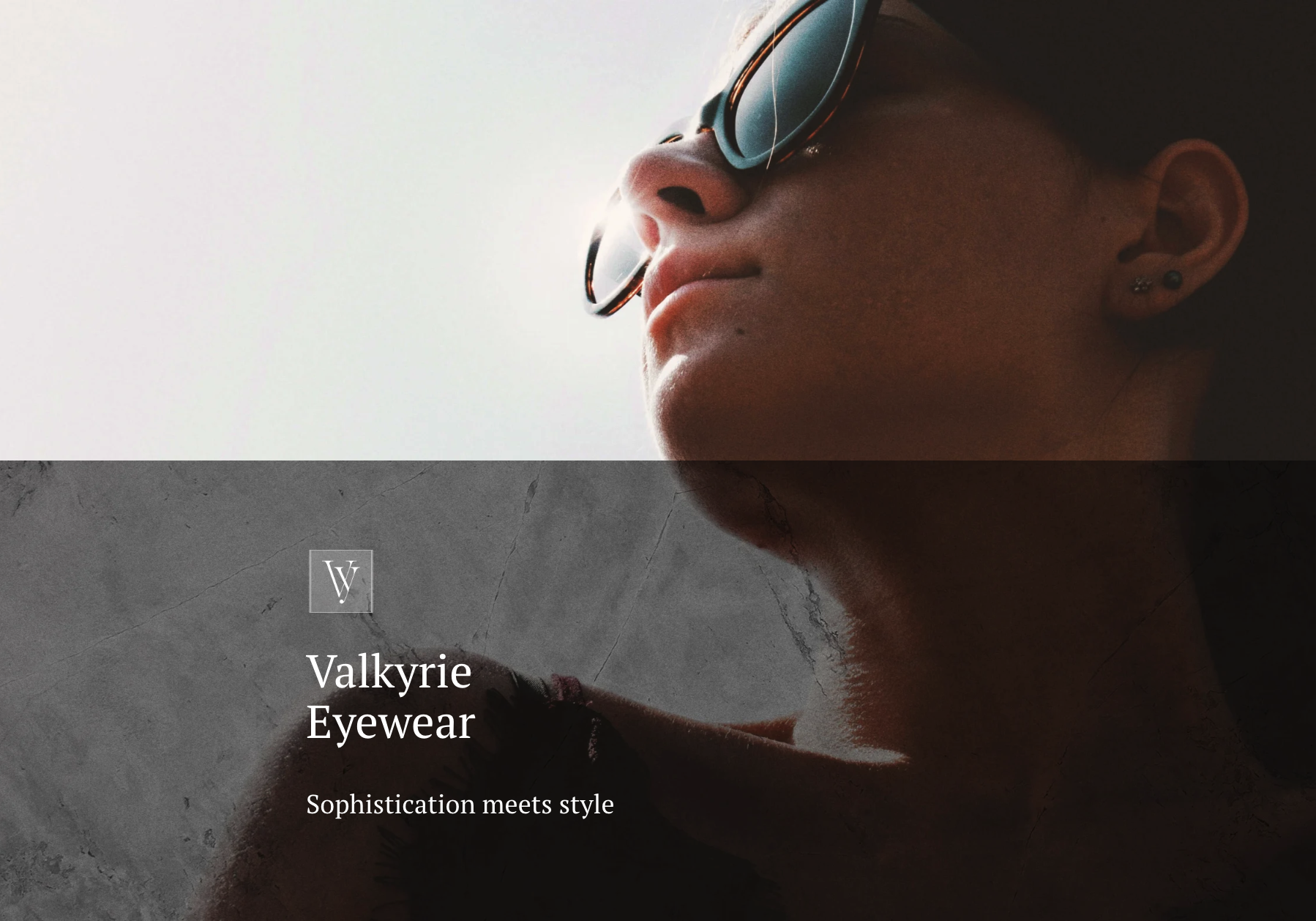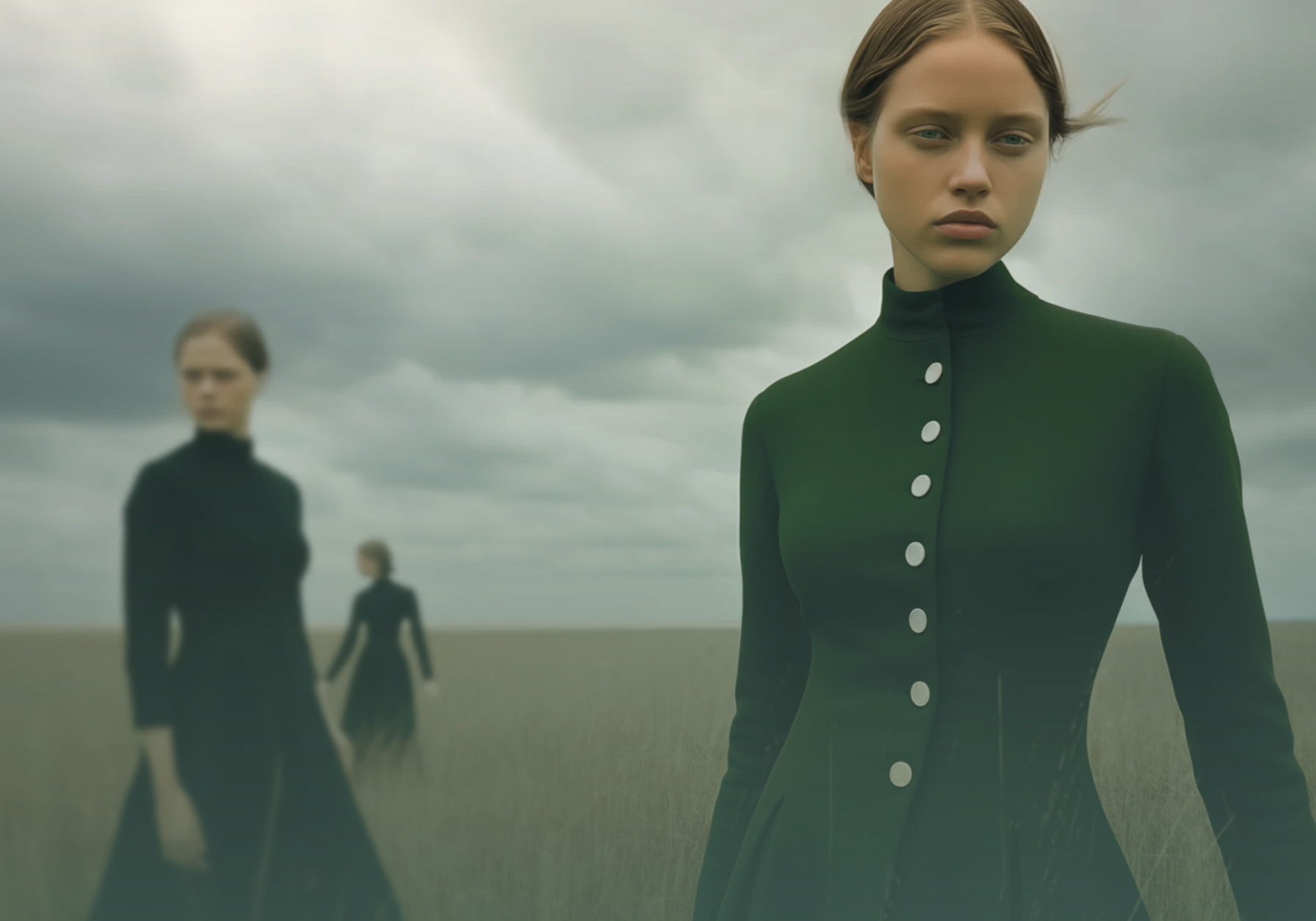Creating the dream: what marketers can learn from luxury brand storytelling
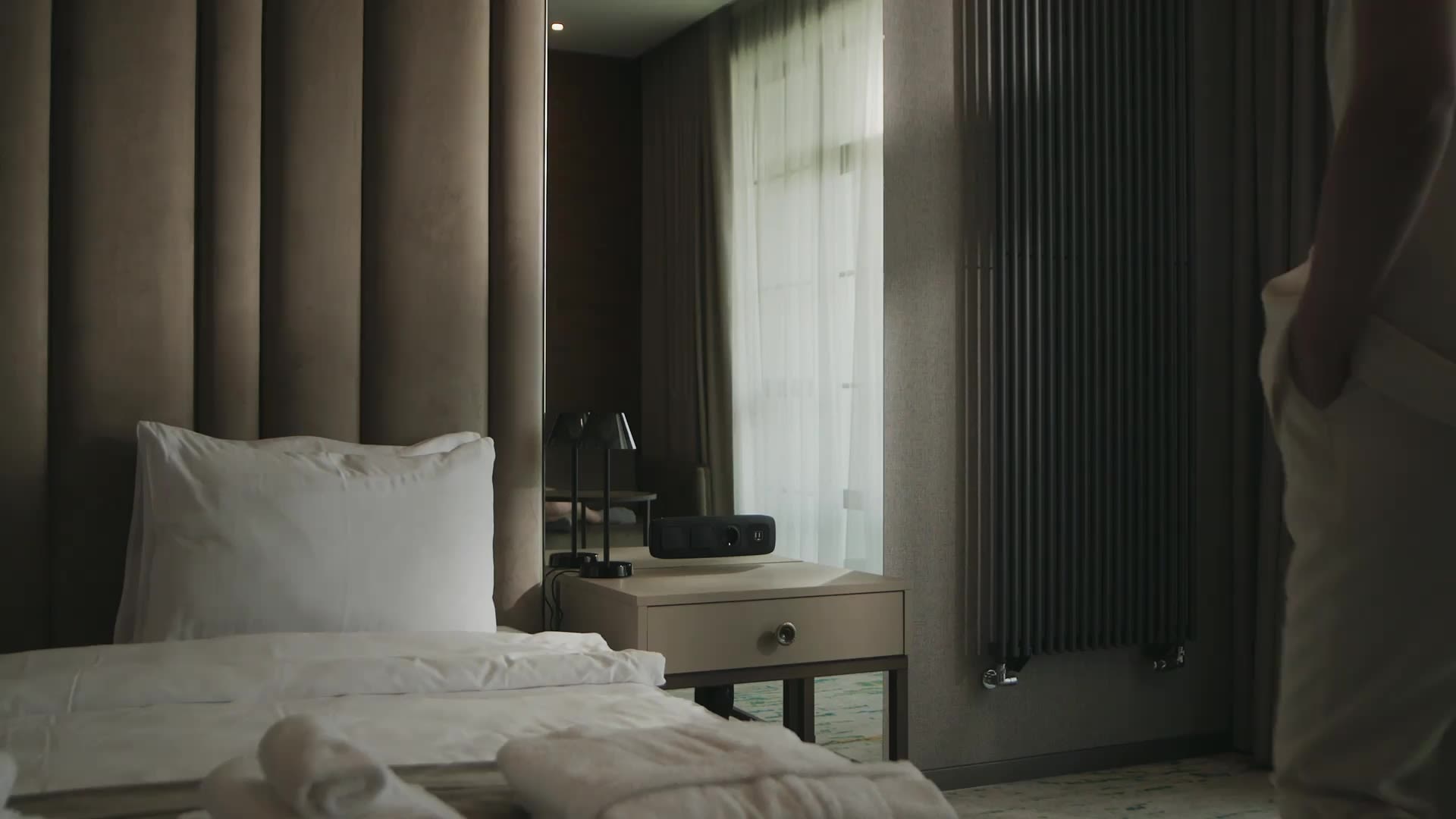
This detailed look at the art and science of luxury brand storytelling has lessons for anyone trying to foster connections with an audience, regardless of industry — and includes five great examples of digital storytelling by luxury brands.

by Dawn Murden
by Dawn Murden
“Storytelling is what unites us.”
That’s what Justine Picardie, Chanel biographer and former Editor-in-Chief of Harper’s Bazaar said at the 2023 British Luxury Summit.
In this exploration of luxury branding, we'll cover:
- The importance of storytelling to luxury brands
- The people behind great luxury
- Getting the history right
- The science of storytelling
- The art behind luxury
- Five great luxury brand storytelling examples
Walpole is the official sector body for UK luxury. The not-for-profit organisation counts more than 250 British brands in its membership, and runs the Luxury Summit each year. Storytelling was a strong theme in 2023 and 2024.
“For any brand it is fantastically important to remember the power of storytelling,” Picardie said. “It’s a primal human need to understand and be understood, and sharing stories is part of that.”
Storytelling is arguably more important for luxury brands than for others.
Luxury consumers have high expectations, so luxury brands must create allure and emotion, brand value, credibility, exclusivity, and, to an extent, justify elevated prices.
A report by the Luxury Communications Council (LCC), an international network committed to facilitating connections, collaborations, and knowledge exchanges between luxury brands, summarised the power of good storytelling:
“Emphasising the emotional facets of luxury travel and the potential for self-discovery, rejuvenation, and fulfilment, means it can become more than a mere indulgence; it transforms into an investment in one’s well-being — a passport to a richer, more meaningful life.”
To do this, luxury brands must show, not tell. They must make people feel the brand.
Digital storytelling is more than equipped to deliver these connections, or to “engage future clients into the brand universe,” as Jean-Noël Kapferer and Vincent Bastien put it in The Luxury Strategy: Break the Rules of Marketing to Build Luxury Brands.
“Thinking of the luxury brand as a media — widely diffusing online brand visual narratives (which are creative, entertaining, experiential, interesting) offers the opportunity… The internet is a net.”
"Heritage brands cannot rely solely on their history and name to be successful"
Creating the dream
Kapferer and Bastien write: “In luxury, you communicate in order to create the dream and then recharge the brand’s value, not in order to sell. Luxury brand communication is situated far upstream of the purchase; the product and the brand universe are spoken of in a dreamlike way.”
Storytelling is important to luxury brands because:
- stories are more memorable
- stories evoke emotion
- stories can help to simplify complex concepts
- stories unite your audience, and
- stories inspire action.
But how are brands actually getting there? Let’s explore people, history, art and science.
People
There has been a rise in the number of role titles introduced at the top of organisations that include 'storyteller'. This isn’t particularly new, The Telegraph published a piece about these roles back in 2015.
But is the introduction of these roles just a sign of the times, or even a trend? Think about the number of Chief Digital Officers we saw in large corporations 10 years ago, to deal with digital transformation.
While dedicated roles are at times needed to drive change, storytelling is something that can — and should — exist across every role in a company.
The luxury sector supports more than 450,000 jobs in the UK, according to Walpole.
These employees are custodians of a brand's cultural assets and legacy — some of which are steeped in history from many decades, or even centuries.
Talking about its people and culture, The Carnegie Club, a prestigious members club in Scotland, says “It’s deeper than just a job: it’s not simply transactional.”
“Our employees understand the part they play in preserving this incredible site. We’re in a building made of sandstone, with marble throughout: materials that will long outlast us. The work we undertake together will be appreciated by generations to come.”
"Luxury brand communication is situated far upstream of the purchase; the product and the brand universe are spoken of in a dreamlike way"
Jean-Noël Kapferer and Vincent Bastien
History
Many luxury brand stories are steeped in heritage. Fortnum & Mason, for example, was established back in 1707 by a footman to Queen Anne, and his landlord.
Continuing to tell the history of a luxury brand is essential. It answers the question ‘why does it exist?’
But heritage brands cannot rely solely on their history and name to be successful. The LCC stresses they must tap into Gen Z behaviours and desires, and above all, stay relevant.
According to data collated by the UK newspaper The Independent, the average daily screen time for users around the world aged 16 to 64 — across different platforms and devices — is approximately six hours and 35 minutes. Globally, people between 16 and 24 have the highest average screen time.
Brand storytelling, authenticity and sustainability are all reportedly important values to them. Gen Zs are tech natives and expect seamless integration of cutting-edge digital tools.
Celebrating history, while providing modern, often digital, brand experiences, is a fine balancing act in the world of luxury branding.
Science
Paul Zak, neuroscientist at Claremont Graduate University in California, and the founder of Immersion Neuroscience, showed during an experiment that storytelling could change audience behaviour by changing our brain chemistry.
Subjects were shown a case study video about a dying child and his father. Blood tests taken before and after the experiment revealed increased levels of cortisol and oxytocin, which are related to focus and care respectively.
Art
Luxury brands are beautiful, iconic, and exclusive. They exude craftsmanship and quality. In many cases, the brand is the art.
The Luxury Tribune wrote of how this mix has led today to ‘artketing’:
“The world of art and the world of luxury are ever more intertwined. Foundations dedicated to contemporary art are flourishing and bring a much-appreciated aura of patronage to luxury brands that connect their name and image to these institutions.”
Luxury brand stories must convey the craftsmanship, the beauty and care that make the brand what it is.
With this in mind, one standout while researching this topic was the number of luxury brands that still produce rigid content management system articles with one low-res image at the top, and text underneath, or flat, unengaging PDFs that customers need to download to find out more about a high-end product or service.
Exploring a PDF on desktop is tricky, but on mobile it’s near impossible. Plus, the images are too small; even the best designs can only go so far in accommodating them, and marketers may not be aware of this. All marketers will see are stats and download figures. Customers won’t stand for subpar user experiences on desktop or mobile.
On the other extreme, many luxury brands pour time and resources into creating beautiful brand books that will decorate the coffee tables in top hotels or houses for decades to come. For them, it's important to be mindful of any consistency issues that presenting a brand across multiple channels can pose.
Granted, a luxury book and a website serve different purposes. But if the organisation has already invested the time and effort into the beautiful physical assets, why not use them properly in a digital format too, to win future customers, increase ROI and recharge the brand?
Whether it’s an innovative store design, a beautiful photobook, a social media post, or a stories section on a website, luxury brands need to ensure a transcendent experience across every channel.
Engaging storytelling for the web can be beautifully simple.
Try some luxury storytelling of your own, with these free Shorthand templates.
Luxury travel brochure
Luxury product ad
Fashion feature article
5 examples of great luxury brand storytelling
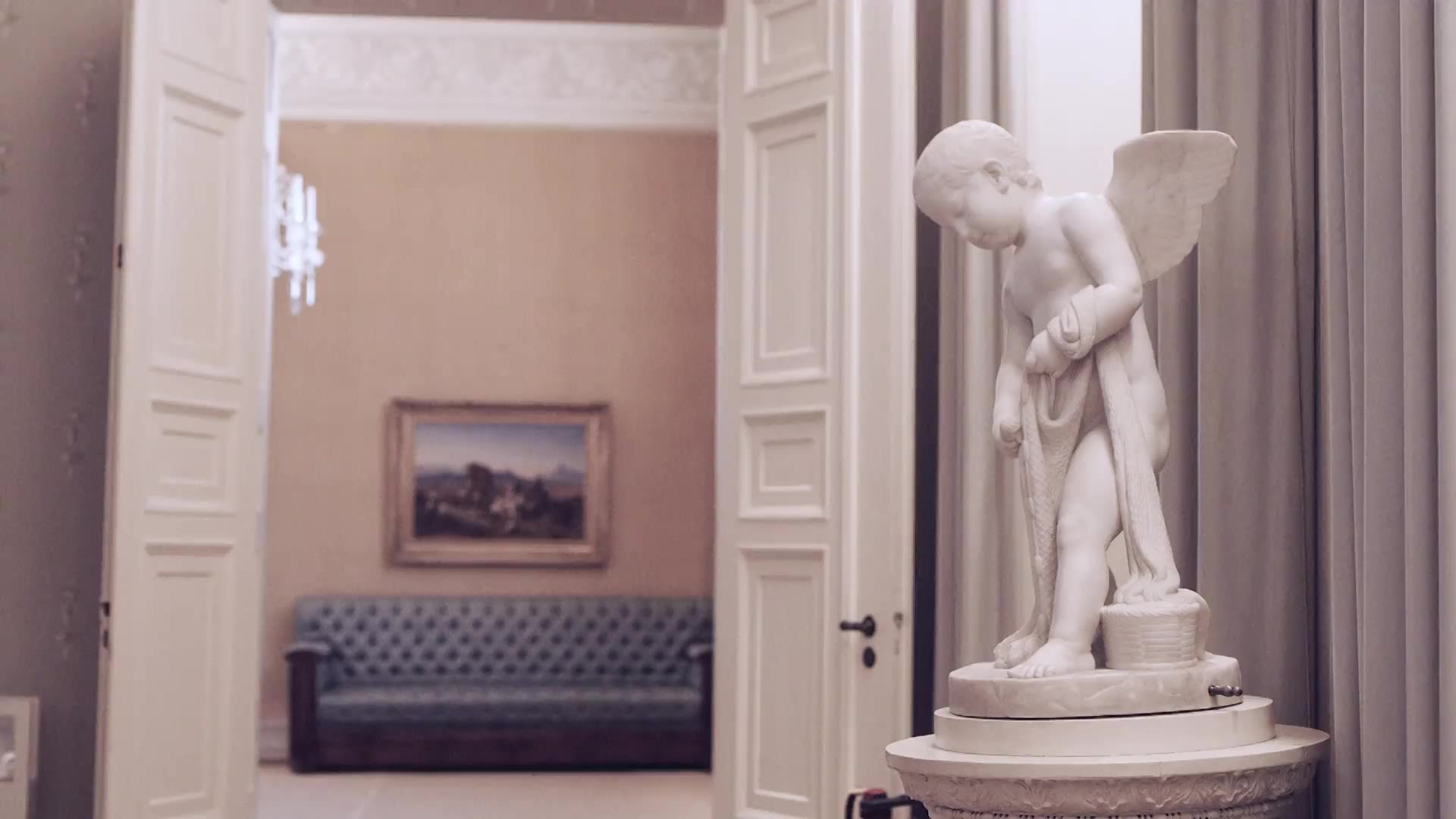
Christie’s
'The Exceptional Sale' is Christies’ leading global auction platform for the decorative and applied arts.
Christie’s has brought this digital story together beautifully. With a simple layout, it includes elements where the reader can browse through the different lots at their own pace.
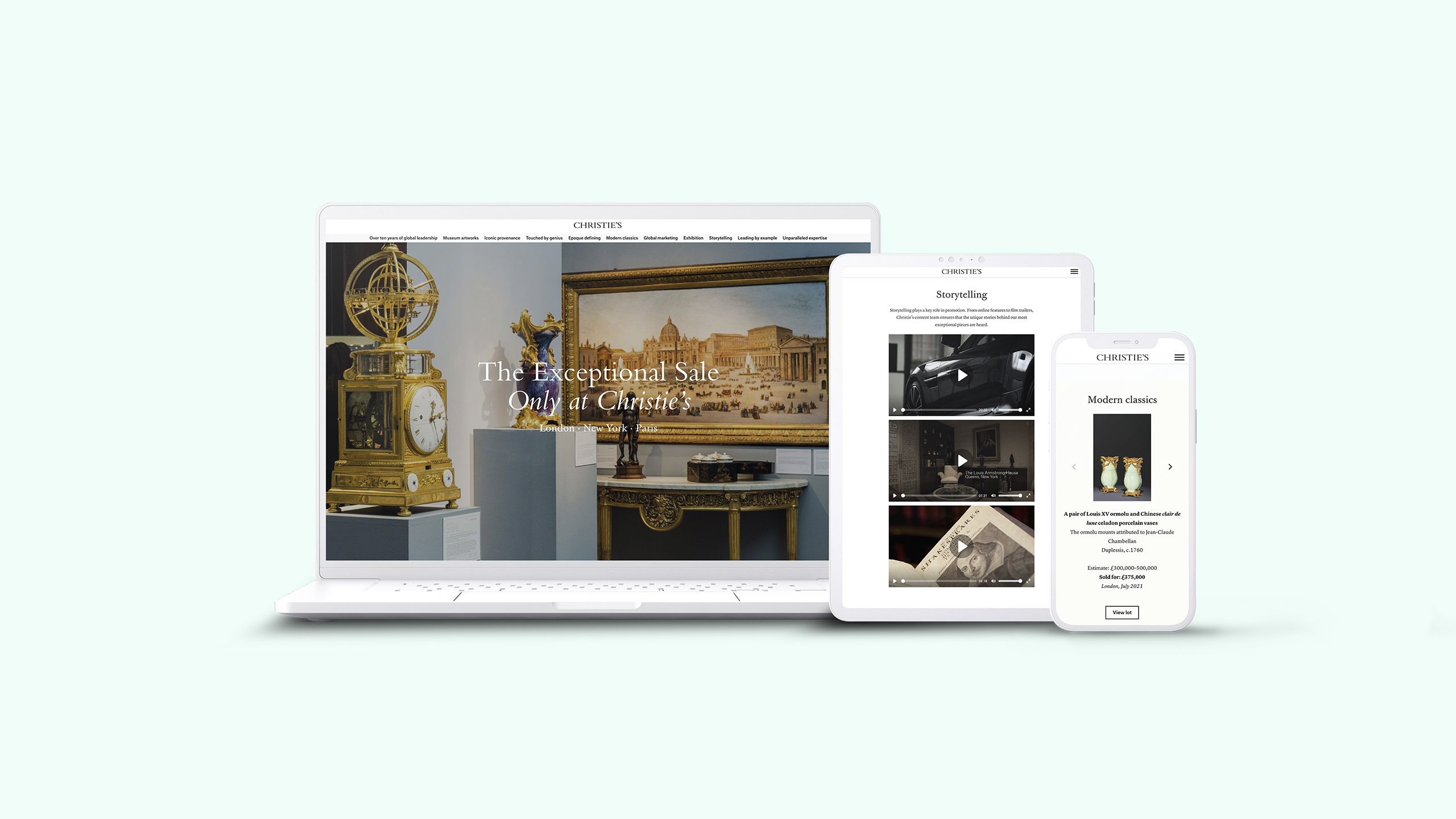
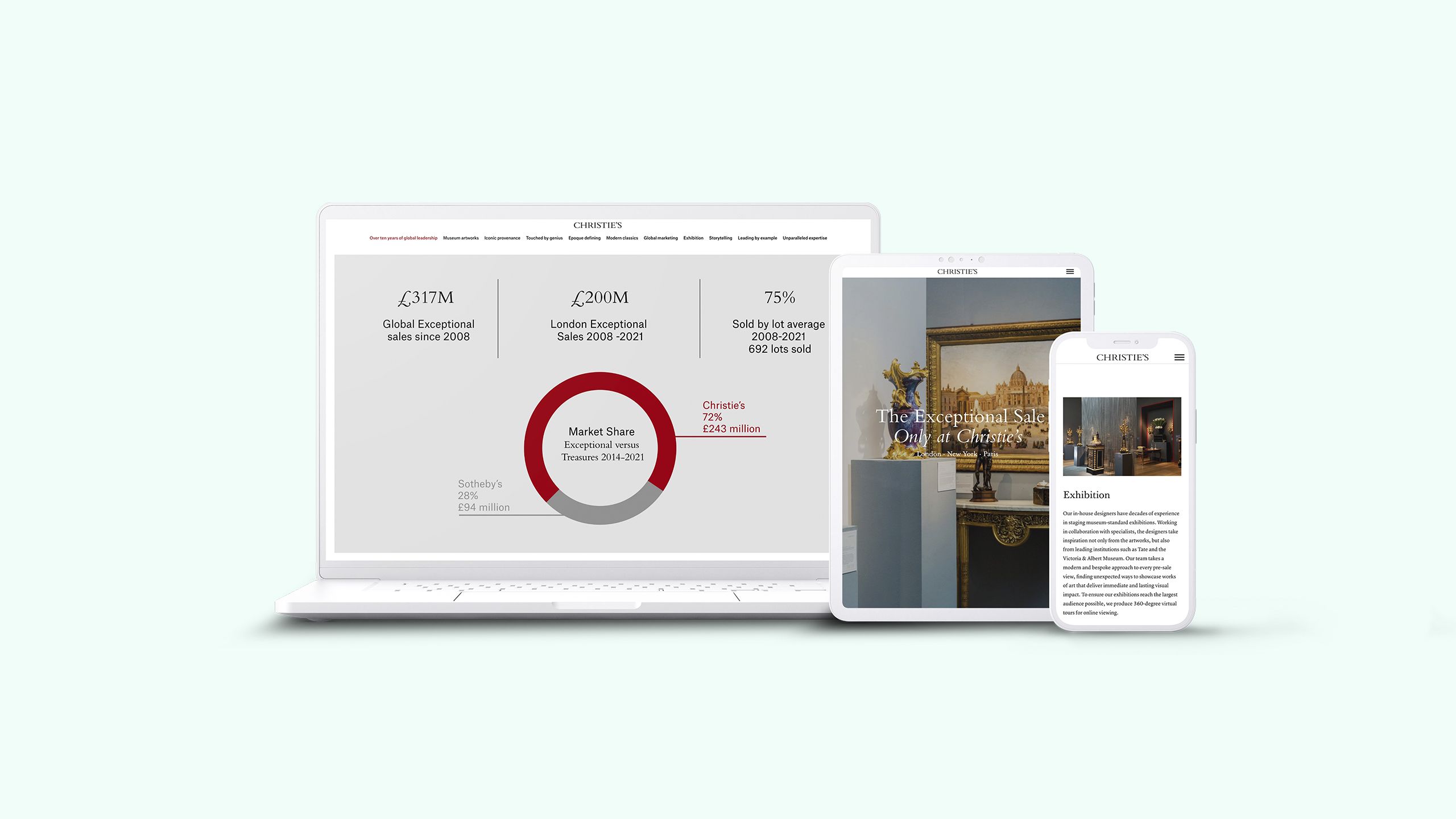
Bonhams
'5 Things To Know About Hermés' shares the history and interesting facts about Hermés, and invites the audience to sell their handbag in auction.
It is a fantastic, simple story, an example of a well-put together listicle presentation.
The call to action for private sales of luxury handbags is perhaps the star of the show, as it teases the reader, revealing the design of the handbag before going into the final part of the story.
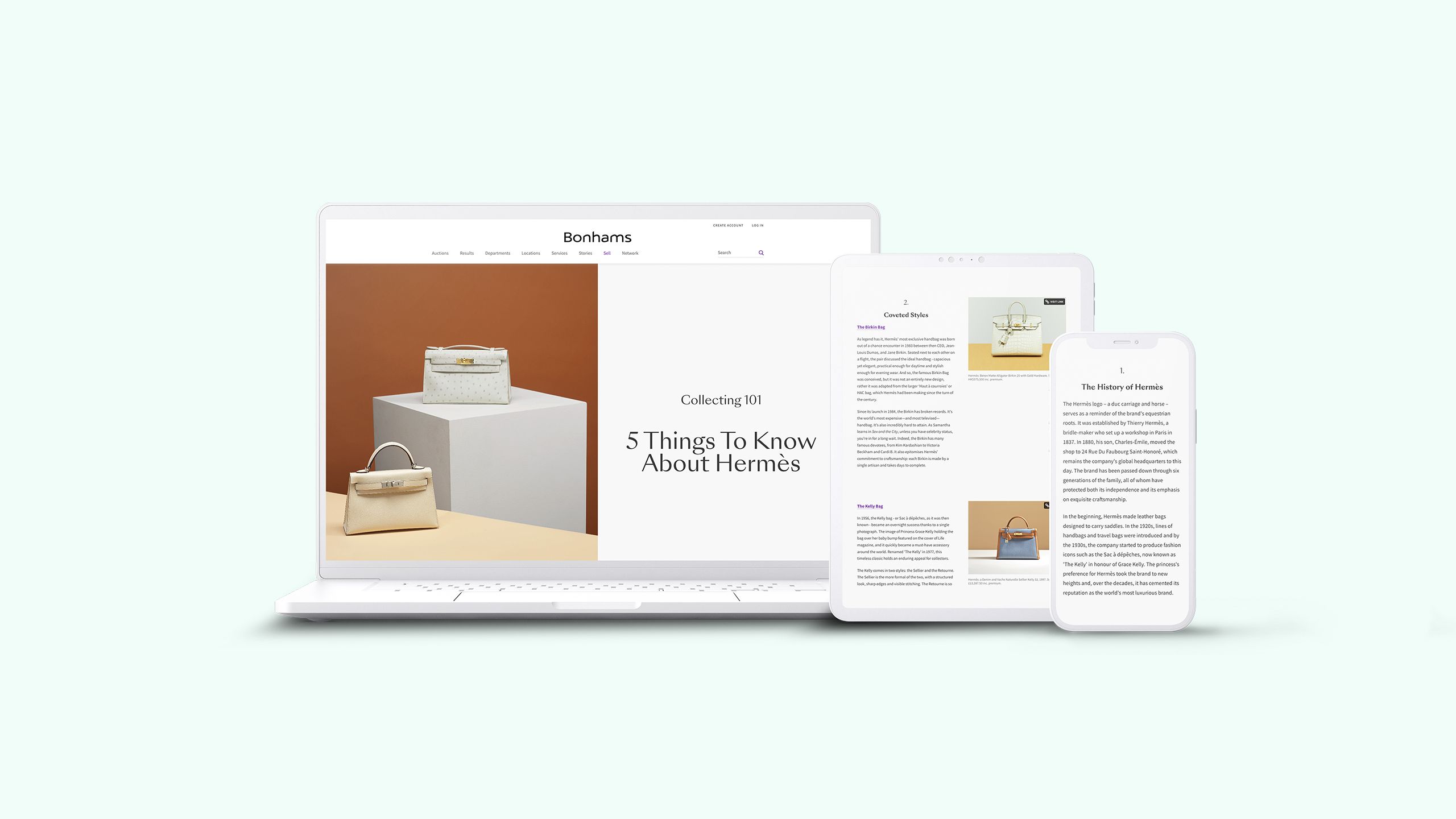
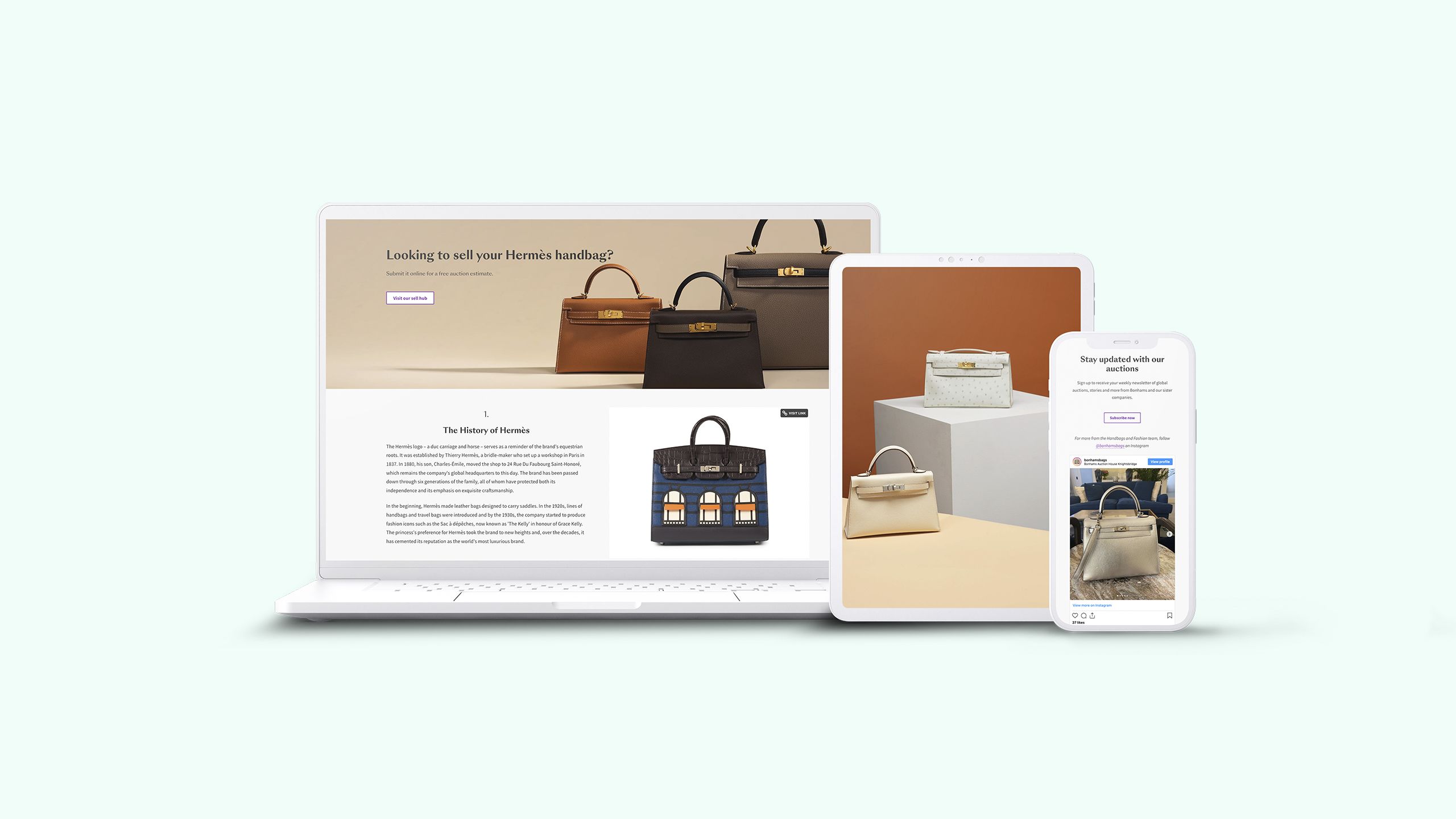
English Heritage
'The History of Cheese Making' gives an interactive overview of the history of cheese in England. A Shorthand scrollpoints section has been used to create an interactive experience where the reader can scroll throughout one image — the map.
It’s an example of making those assets work really hard for you and making sure you can deliver the maximum return on investment via the assets and resources that have already been used.
It’s a great example of reusing creative assets across platforms. Because if you are creating something like this for print as well, simply uploading the asset online is one thing, but using it as an opportunity to make the static interactive elevates the experience from one medium to another.
It also delivers the information in bite-sized chunks to the reader; so often we talk about scroll fatigue. If you have a long, scrolling story, perhaps with an image or video at the top and a swath of text underneath, people get bored, and won’t read on.


Mansion Global
Mansion Global showcases beautiful imagery and allows the reader to fully immerse themselves — this creative is shown full screen on all devices.
Subtle animation effects, such as on the text as the reader scrolls. Little elements like that give the story a premium feel, and also help to keep the reader's attention.
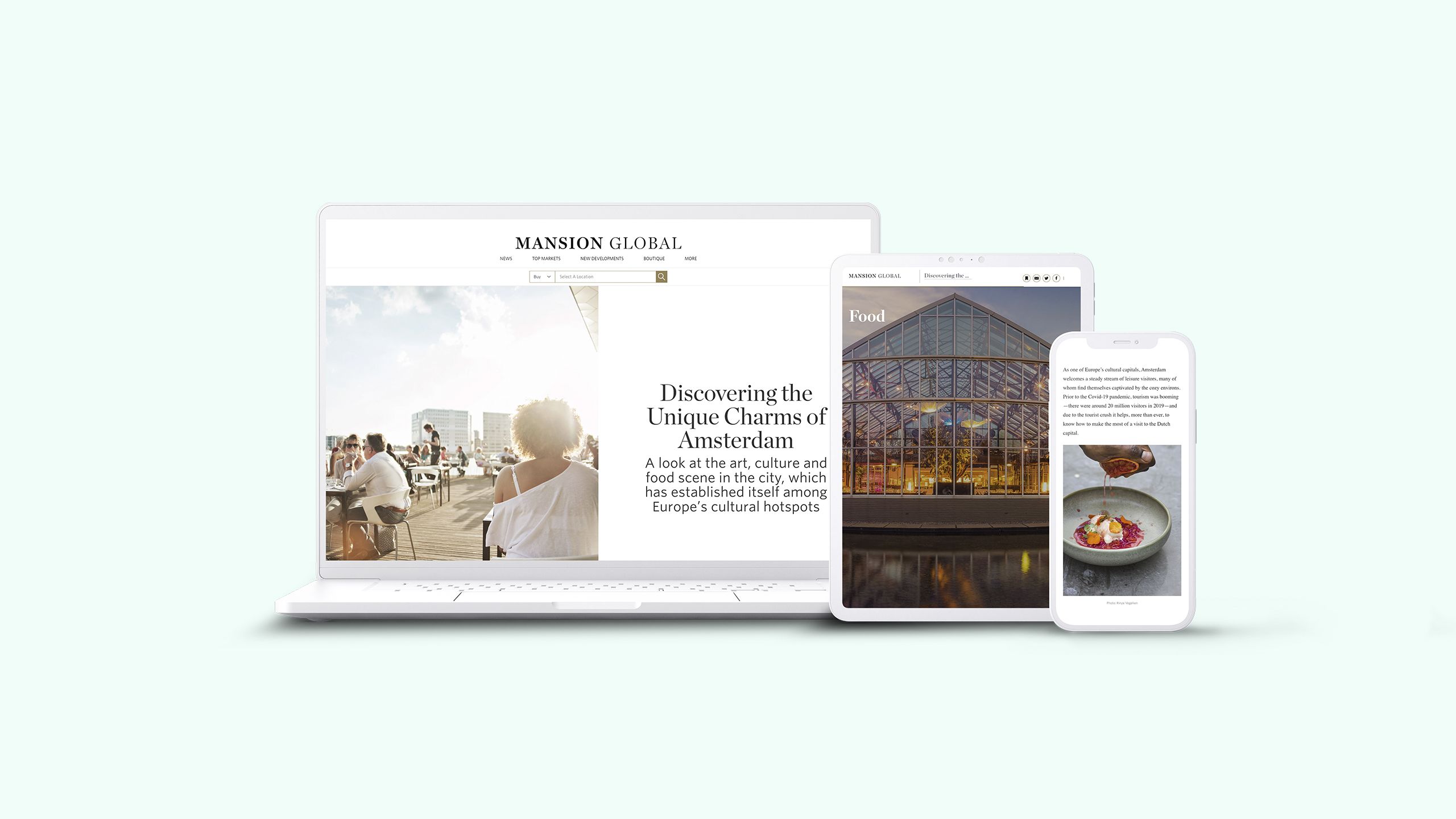
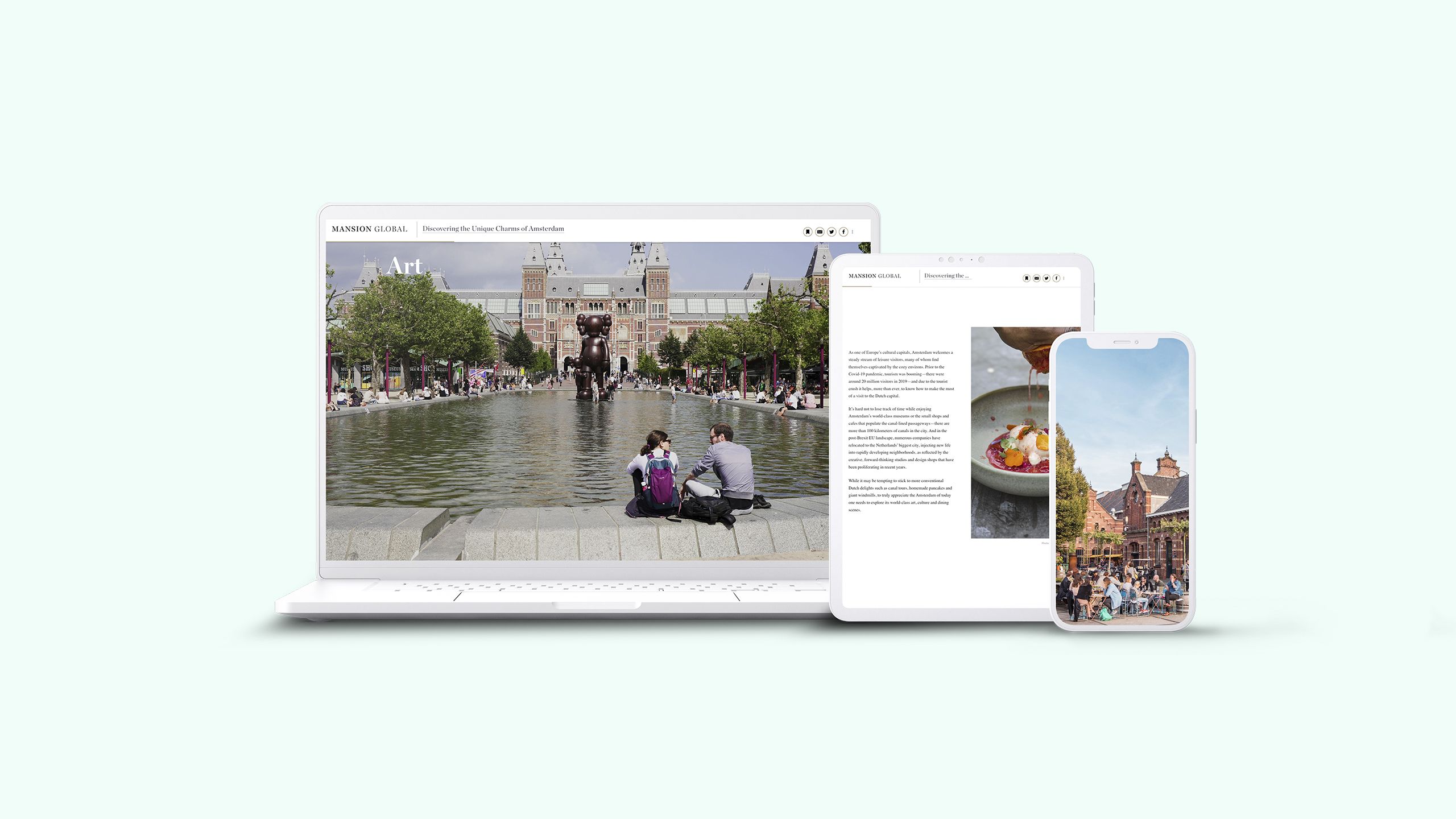
Gucci and Savoir Flair
'I Can't Believe My Eyes' uses a mixture of video, Gifs and cleverly layered imagery to tell the story of the Gucci Epilogue Collection.


Better stories
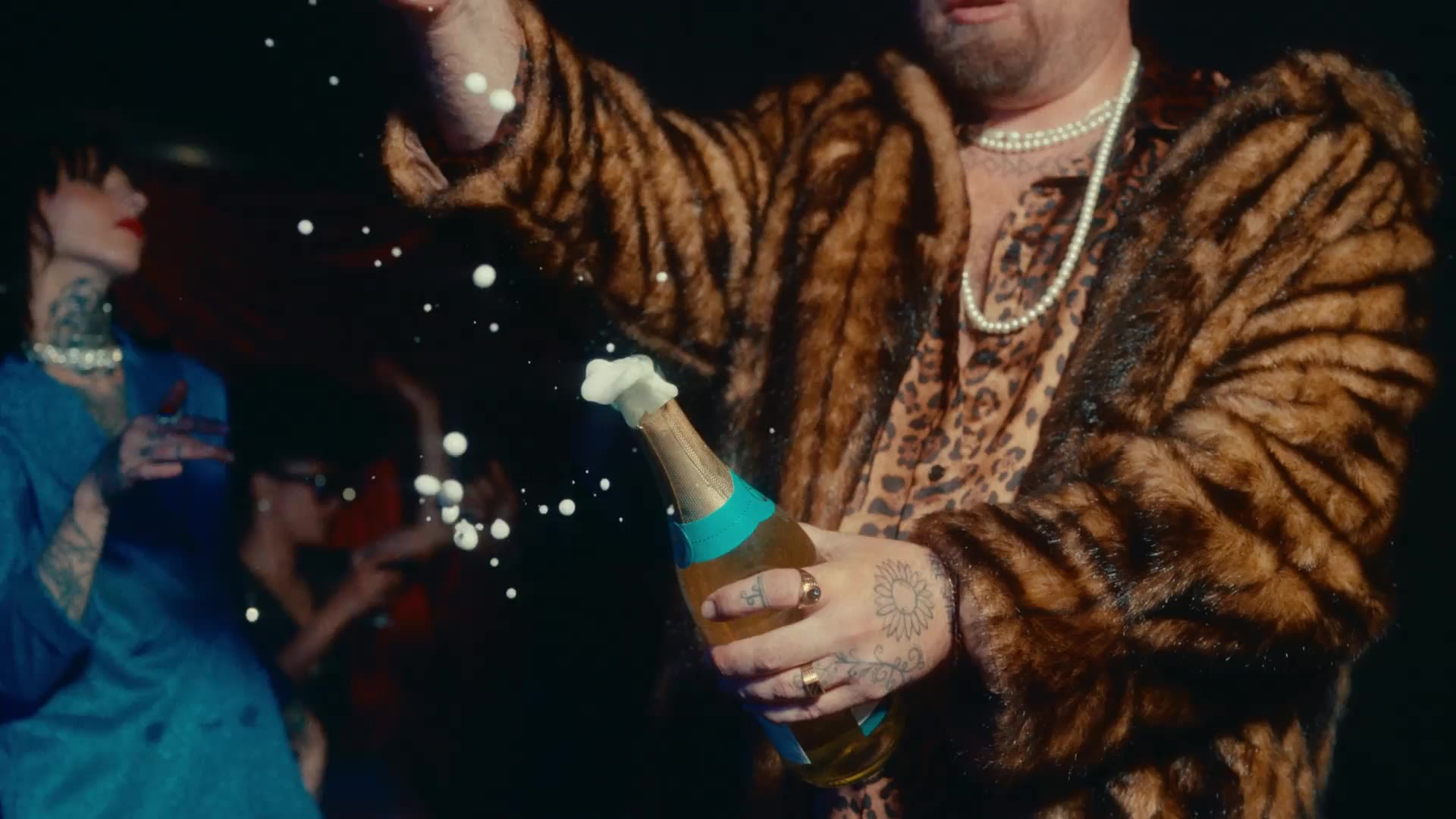
So how do you create a connection with your audience? There are a number of tips out there for storytelling generally, like 5 Ps and the 7 point story structure.
I’ve tried to boil it down to just four words with some follow-up prompts:
- Objective: Why are you telling the story?
- Experience: What journey are you taking the audience on? And how will you transport them there?
- Feel: What emotion do you want the brand story to evoke?
- Action: What do you want them to do after they have immersed themselves in the brand story?
This article was inspired by the recent Shorthand webinar 'The art of luxury brand storytelling'. Watch it now.

